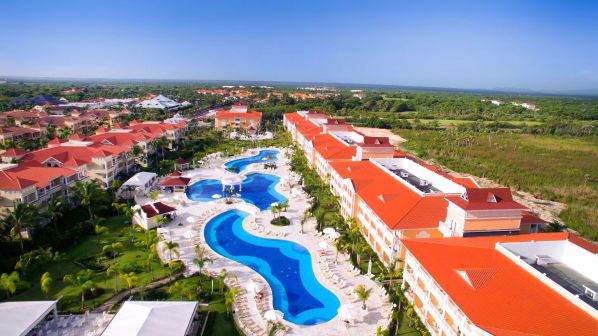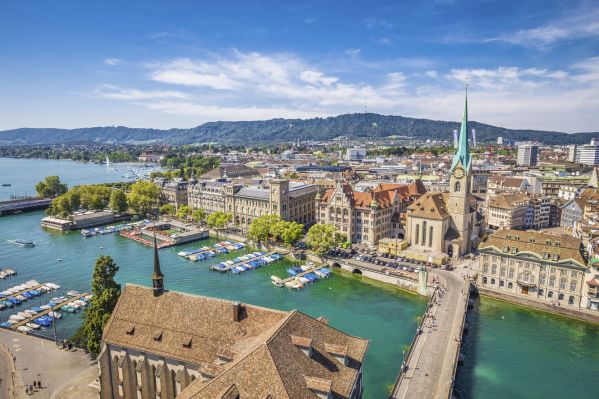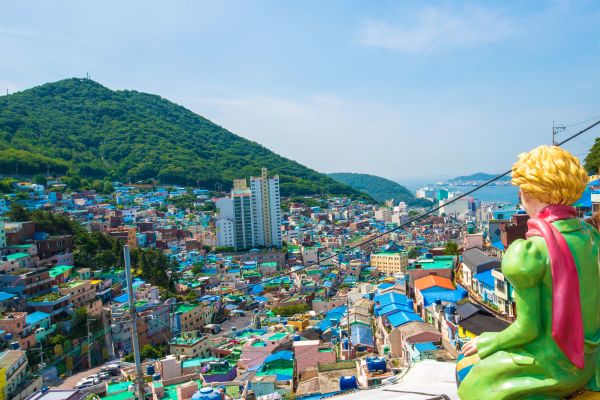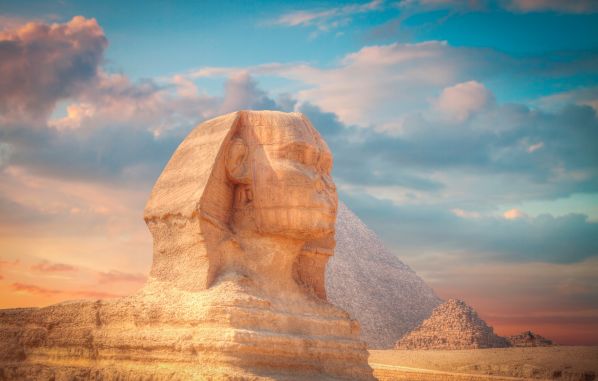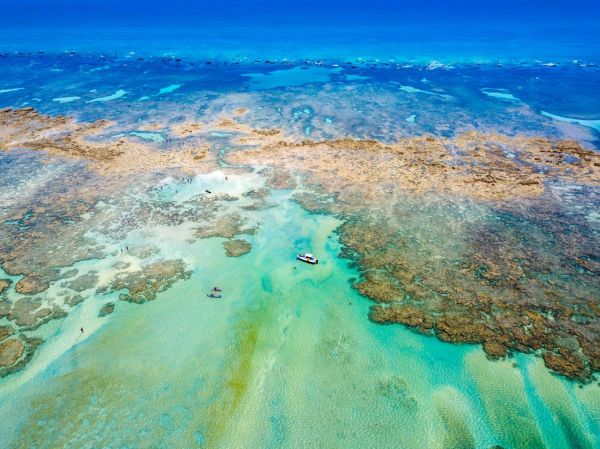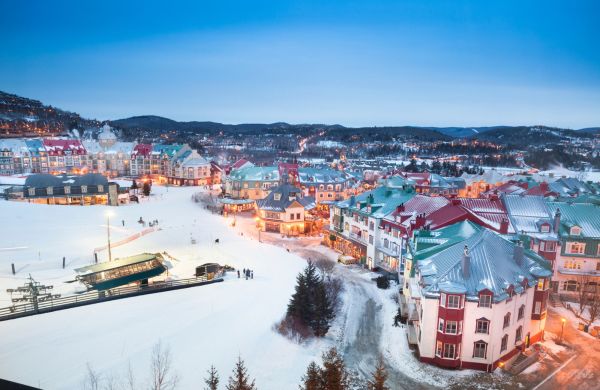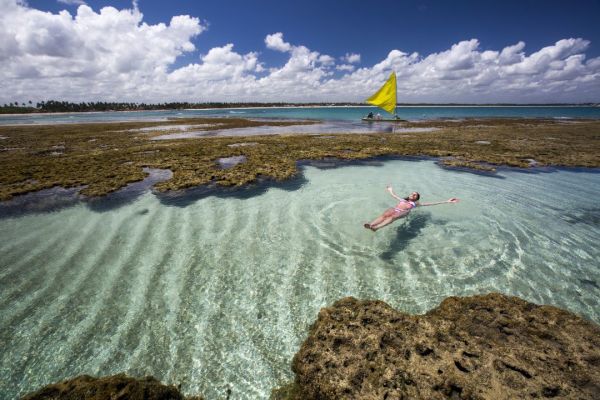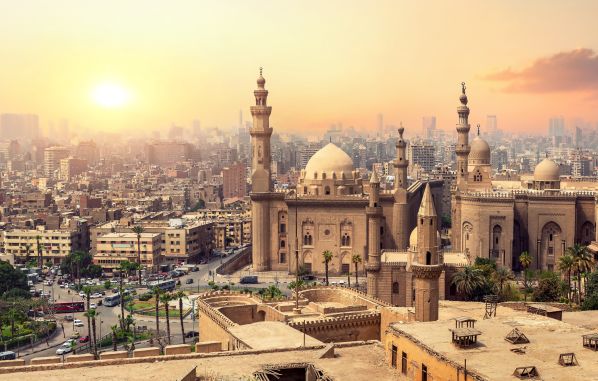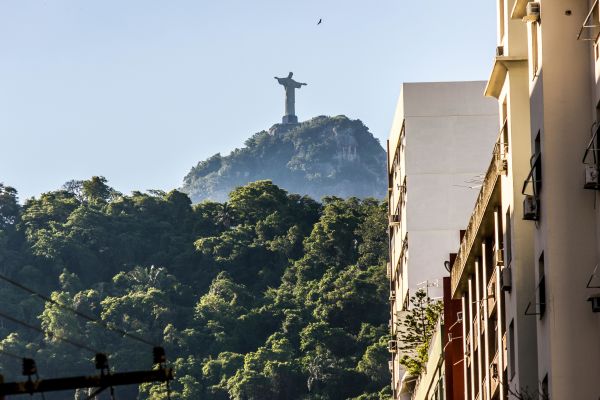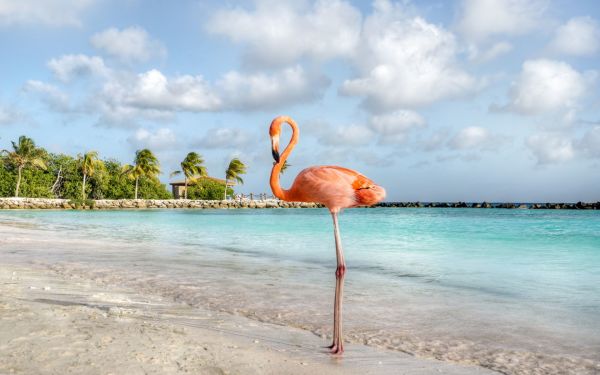The 5 most beautiful archaeological sites in Central America

Central America , that bridge between the north and south of the continent, holds within its jungles , volcanoes , and tropical coasts an ancestral treasure that continues to fascinate the world: the wealth of its archaeological sites . From Guatemala to Belize , from El Salvador to Honduras , this region is home to some of the most important and beautiful pre-Columbian remains in the Americas.
Monumental Mayan cities hidden among ceiba trees, moss-covered ceremonial temples , and ancient villages frozen in time make this destination a dream for lovers of history and adventure .
Thanks to its privileged location and direct connections from Panama with Copa Airlines , travelers can easily fly to these countries and begin their journey through the traces of civilizations that flourished long before the arrival of European conquerors .
Next, we take you on a fascinating journey through the 5 most beautiful archaeological sites in Central America , where every carved stone, every hieroglyph, and every pyramid has a story to tell.
View this post on Instagram
Tikal: Hidden treasure in the Guatemalan jungle
In the heart of the Petén jungle , in northern Guatemala , rises one of the most imposing archaeological sites on the continent: Tikal . Declared a World Heritage Site by UNESCO , Tikal was one of the most powerful cities of the Mayan world , and even today its grandeur resonates amidst the roars of the howler monkeys that guard its temples.

The stepped pyramids , such as the Temple of the Great Jaguar or Temple II , known as the Temple of the Masks , emerge from the dense vegetation as if the jungle wanted to devour them and preserve their secrets. Walking among their causeways , plazas , and palaces is a sensory journey where archaeology meets untouched nature .
Besides its architectural beauty , Tikal is an ecotourism paradise : toucans , macaws , coatis , and jaguars are part of the everyday landscape. And for the more adventurous, watching the sunrise from the top of Temple IV , the tallest pre-Hispanic building in the Americas , is a mystical experience that is hard to match.
Copán: The Athens of the Mayan world in Honduras
If Tikal was majestic for its size, Copán , in western Honduras , shines for its artistic detail and cultural refinement . Known as the Athens of the Mayan world , this city stands out for its extraordinary stone sculpture , carved altars , monumental stelae , and its unparalleled hieroglyphic stairway , which contains more than 2,000 carved glyphs : the longest known Mayan text .

Copán was an intellectual, political, and ceremonial center that flourished between the 5th and 9th centuries AD. Its Ball Court , ceremonial plazas , and Acropolis speak of a sophisticated people, with elite mathematicians , astronomers , and artists.
In addition, the site museum , an underground space where the original colors of the temples are replicated, allows the visitor to understand the complexity and beauty of this civilization that turned art into a form of government .
Joya de Cerén in El Salvador: The Pompeii of America
In El Salvador , a small archaeological site holds one of the most revealing discoveries about daily life in pre-Columbian times : Joya de Cerén . Unlike the great Mayan cities, this site was neither a monumental metropolis nor a political center . It was an agricultural village inhabited by farmers , frozen in time by the eruption of the Loma Caldera volcano in the 7th century.

The result: adobe houses , household utensils , crops , roads , and even human footprints preserved with an astonishing level of detail. Joya de Cerén is a direct window into the daily life of ancient peoples , a silent testament to the Mesoamerican rural world that rarely leaves traces.
Because of its unique anthropological value , it was declared a World Heritage Site by UNESCO , and it remains one of the most intimate and moving archaeological sites in the region.
Tazumal, hidden among the archaeological sites of El Salvador
A few kilometers from Santa Ana , also in El Salvador , lies another pre-Columbian treasure : Tazumal , within the Chalchuapa archaeological site . This complex, smaller than Tikal or Copán, features a central pyramid over 24 meters tall , which was part of a ceremonial city inhabited by different cultures: Maya , Toltec, and Lenca .

Tazumal fascinates with its cultural and temporal fusion . Here you can see ceremonial structures , tombs , drainage channels , stone sculptures , and the remains of funerary offerings . All of this is surrounded by tropical gardens that contrast with the gray stones of its monuments.
The site museum , founded by Stanley Boggs , one of the pioneering archaeologists in the region, offers an educational tour through Mesoamerican history and the evolution of Chalchuapa as a key cultural center in the western region of El Salvador.
Xunantunich and Caracol, two archaeological sites in Belize
On the border between Guatemala and Belize , the Mayan past rises in the rainforest with two unforgettable names: Xunantunich and Caracol . Although they are distinct sites, both represent the majesty of the civilization in eastern Mesoamerica .

Xunantunich , whose name means " woman of stone " in Mayan, sits atop a hill, its iconic landmark being El Castillo , a 40-meter-high pyramid offering panoramic views of the Mopan River valley . The carved friezes on its walls and the breathtaking vistas make Xunantunich a spiritual , almost mystical place where history and landscape intertwine.
Not far away, and more hidden in the jungle of the Maya Mountains , lies Caracol , one of the largest Maya cities ever discovered . Its Caana structure (the Palace of the Sky ), at over 43 meters , was for centuries the tallest building in Belize . Caracol rivaled Tikal in power and preserves ceremonial causeways , majestic stelae , and temples hidden among giant trees .

Archaeological tourism has become a way to connect with the past , but also to explore the spirituality , art , and sophistication of cultures that still thrive in today's indigenous communities . Travel to these Central American destinations and discover their most beautiful archaeological sites !
You might also be interested in: A day in Istanbul: Eating, shopping and sightseeing

